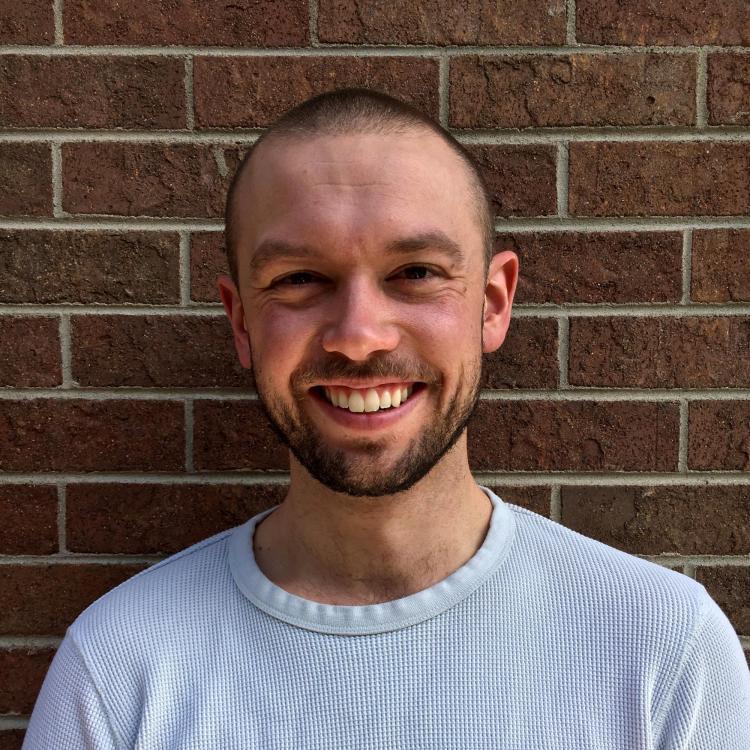Pneumatic Soft Actuators Project Video
[video:https://www.youtube.com/watch?v=re_9QF8w0bk&t=2s]
A Department of Mechanical Engineering student-written paper that presents an innovative workflow for designing and fabricating pneumatic soft actuators has won the IEEE-CASE Best Application Paper Award at the 2021 CASE Conference in Lyon, France.
The award recognizes the significance of new applications on technical merit, originality, impact on the field and clarity of presentation. The accolade comes with a $1,000 prize to be shared by all authors.
PhD students Lawrence Smith and Travis Hainsworth, graduate student Zachary Jordan and Professor Robert MacCurdy co-authored the paper—titled “A Seamless Workflow for Design and Fabrication of Multimaterial Pneumatic Soft Actuators.” High School Research Assistant Xavier Bell is a co-author as well.
Pneumatic soft actuators are a fundamental part of soft robotic systems. We asked Smith about their project and the team's future plans.
Lawrence Smith, Dpt. of Mechanical Engineering PhD student
Question: How would you describe the results of this work?
Answer: In this paper, we introduce design tools that our lab developed to help soft robotics students enter the field. We noticed that designing, simulating and fabricating soft robots is a time-intensive and manual process, which typically requires multi-domain expertise. Our paper introduces a seamless workflow for designing soft robots that uses an intuitive graphical user interface for design and visualization, and automates the trickiest parts of the process – interfacing with finite element software and preparing designs for 3D printing.
Question: Was there a particular aspect of this work that was hard to complete?
Answer: The trickiest part of this work was building an approachable and intuitive interface for our design tools. We wanted to create software that is enjoyable to play and explore with to encourage students to discover new designs, without being bogged down in unnecessary complexity.
Question: What's next with this project?
Answer: We plan to build on this research by migrating these design tools from their current embodiment – a
MATLAB App – to a public website. That way anyone can access our design tools on the web without downloading and installing any software.
Question: What are you and your co-authors’ plans for the $1,000 prize?
Answer: 3D printer filament, probably!


